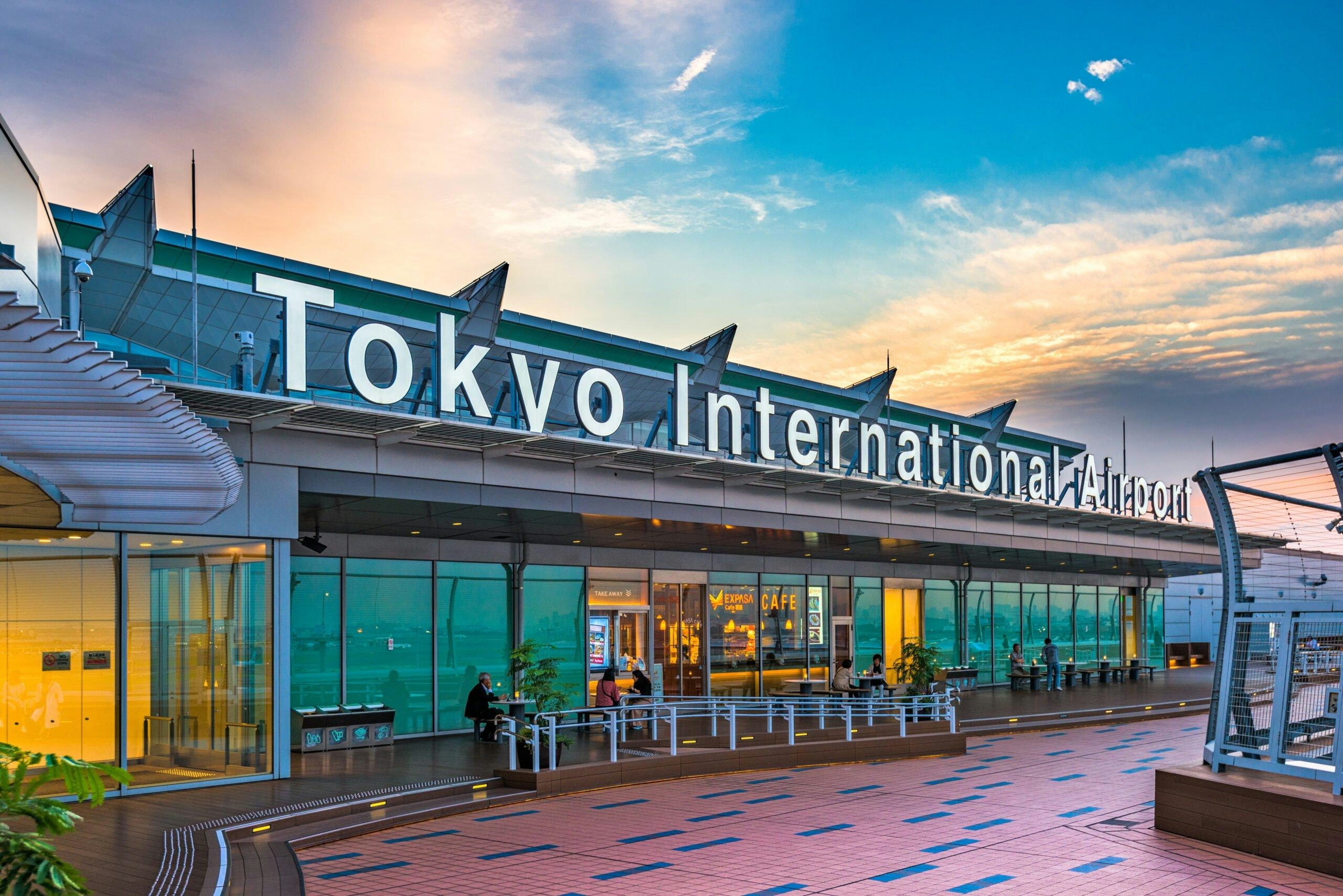
بريد إلكتروني أذكى، وأعمال أسرع. وسم وتحليل والرد تلقائيًا على طلبات العروض، وعروض الأسعار، والطلبات، والمزيد — فورًا.
الرائج الآن
Investigators Examine Engine Fuel Control Switch in Air India Flight 171 Crash
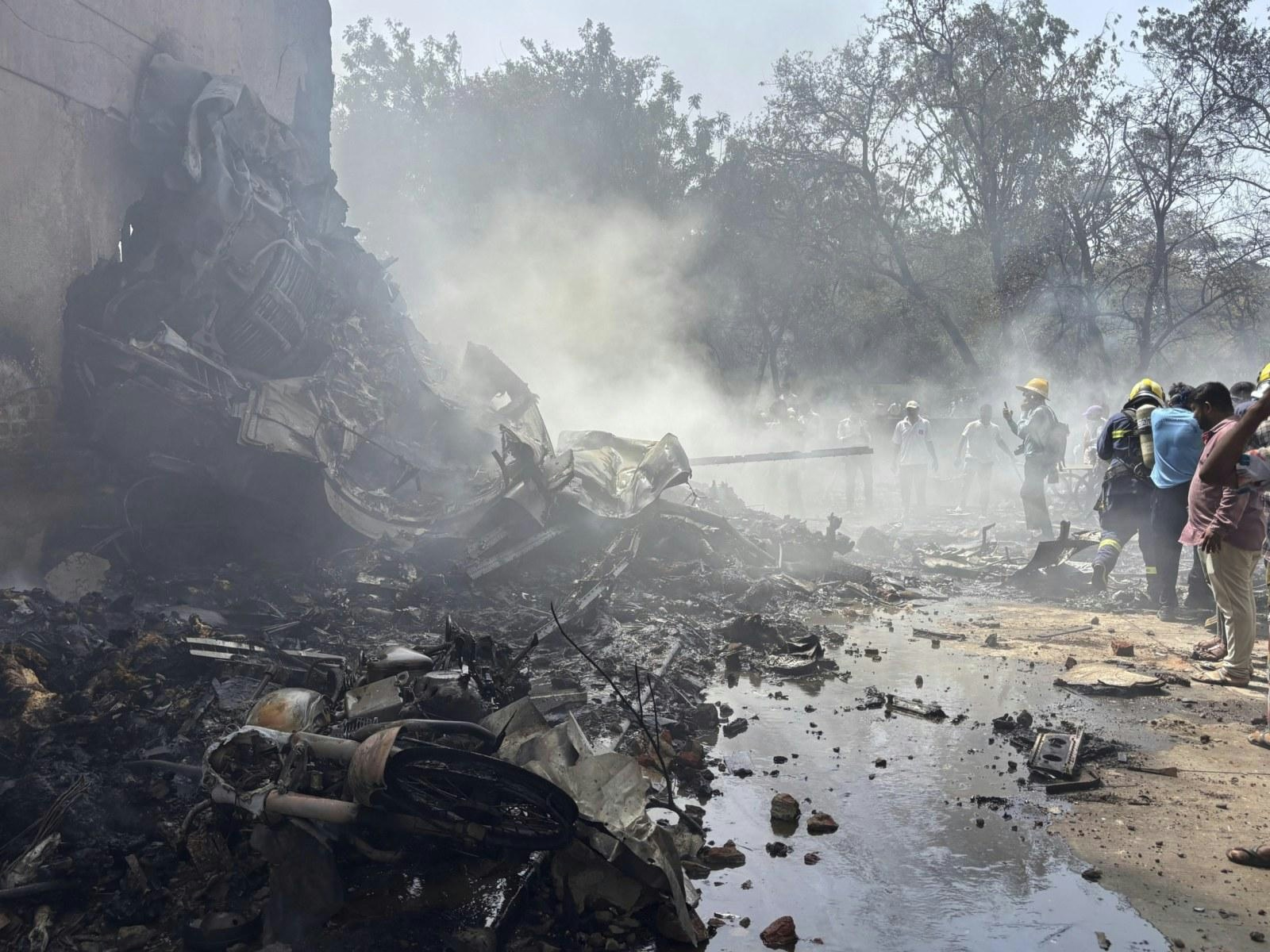
Investigators Examine Engine Fuel Control Switch in Air India Flight 171 Crash
Emerging Focus on Cockpit Fuel Control Switches
In the ongoing investigation into the tragic crash of Air India Flight 171 on June 12, attention has increasingly centered on the engine fuel control switches of the Boeing 787 Dreamliner. Investigators are examining whether the cockpit switches that regulate fuel flow to the engines were moved—either accidentally or deliberately—during the critical moments following takeoff from Ahmedabad. Analysis of data retrieved from the flight data recorder and cockpit voice recorder has highlighted the two-position engine fuel control switches, marked RUN and CUTOFF, as a key area of interest. If either switch was inadvertently set to CUTOFF while airborne, it would have caused an immediate engine shutdown, resulting in loss of thrust and subsequent failures in onboard systems.
No mechanical or design defects have been identified in the GE Aerospace GEnx-1B engines or the switches themselves. Furthermore, post-crash examinations found no evidence of fuel contamination or issues with flap retraction, which are often considered in such incidents. The absence of urgent safety advisories from Boeing or GE Aerospace has led investigators to consider the possibility of a cockpit-originated event. Although the switches are equipped with a guarded mechanism requiring a deliberate lift over a metal stop to activate, making accidental engagement unlikely, it remains a possibility under investigation.
The Crash and Its Aftermath
The crash, which occurred just 32 seconds after takeoff, resulted in the deaths of 241 of the 242 people on board, as well as 19 individuals on the ground. The aircraft lost thrust and crashed into a hostel near BJ Medical College, marking the first fatal accident involving a Boeing 787 Dreamliner. Investigators have not ruled out improper, inadvertent, or intentional movement of the fuel control switches as a potential cause of the disaster.
This catastrophe has sent shockwaves through the Indian aviation sector, raising serious concerns about Air India’s safety protocols and the reliability of the Dreamliner fleet. The incident has prompted swift responses from aviation authorities, insurance firms, and international regulatory bodies. The involvement of the U.S. National Transportation Safety Board (NTSB) underscores the global significance of the investigation.
Industry analysts are closely monitoring the repercussions for Air India’s market position and the potential introduction of new aviation safety regulations. The crash has intensified scrutiny of cockpit procedures and aircraft design, with broader implications for both the Indian aviation industry and Boeing’s global reputation.
Ongoing Investigation and Future Developments
India’s Aircraft Accident Investigation Bureau (AAIB) is preparing to submit its preliminary report to the International Civil Aviation Organization (ICAO) by July 11. The final conclusions are expected to depend heavily on a detailed analysis of the timing and sequence of cockpit switch movements, as recorded by the aircraft’s black boxes. Until the report is released, critical questions remain regarding whether human actions within the cockpit initiated the sequence of events that led to one of the deadliest aviation accidents in recent history.
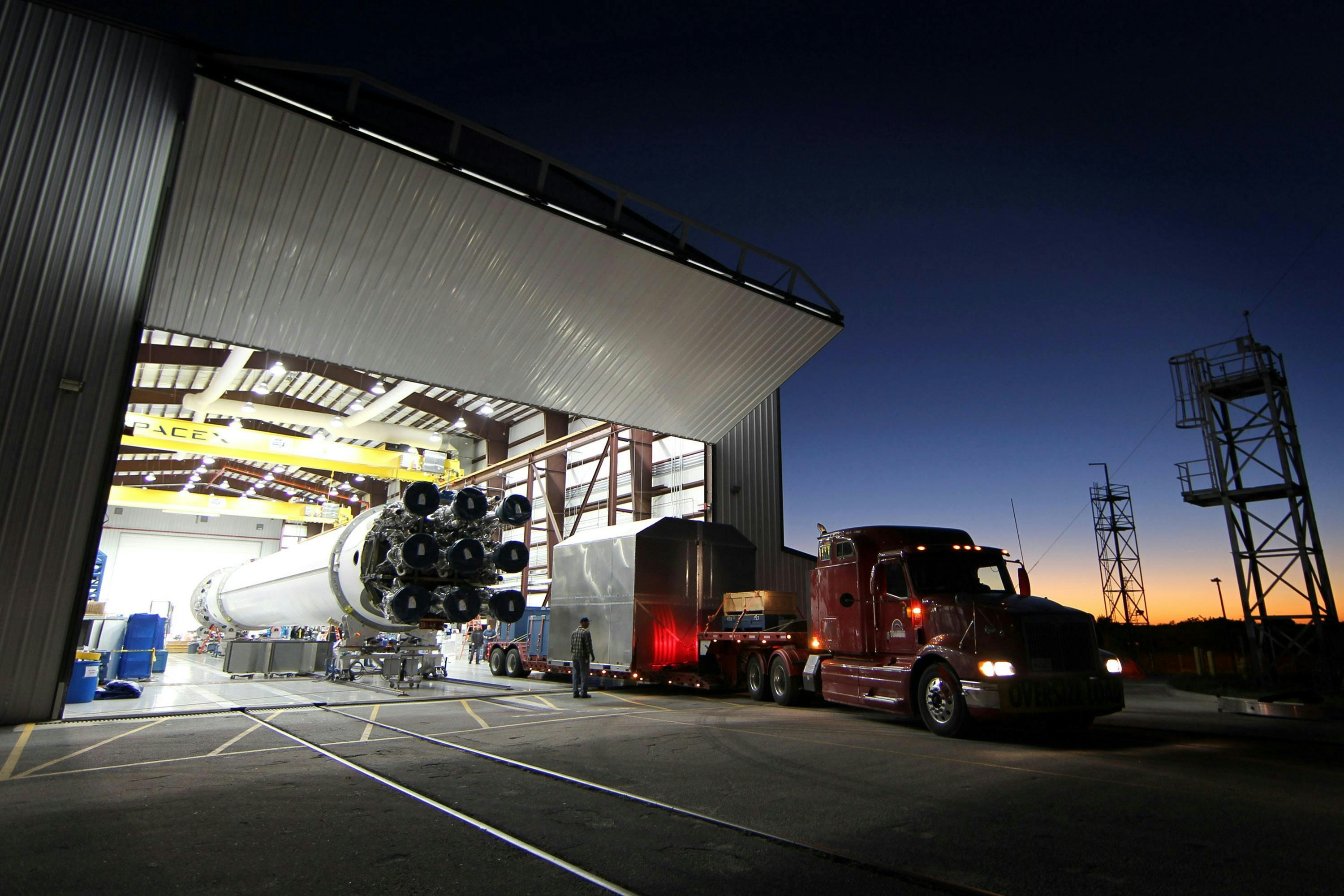
Starlink's Role in Transforming Aviation Infrastructure
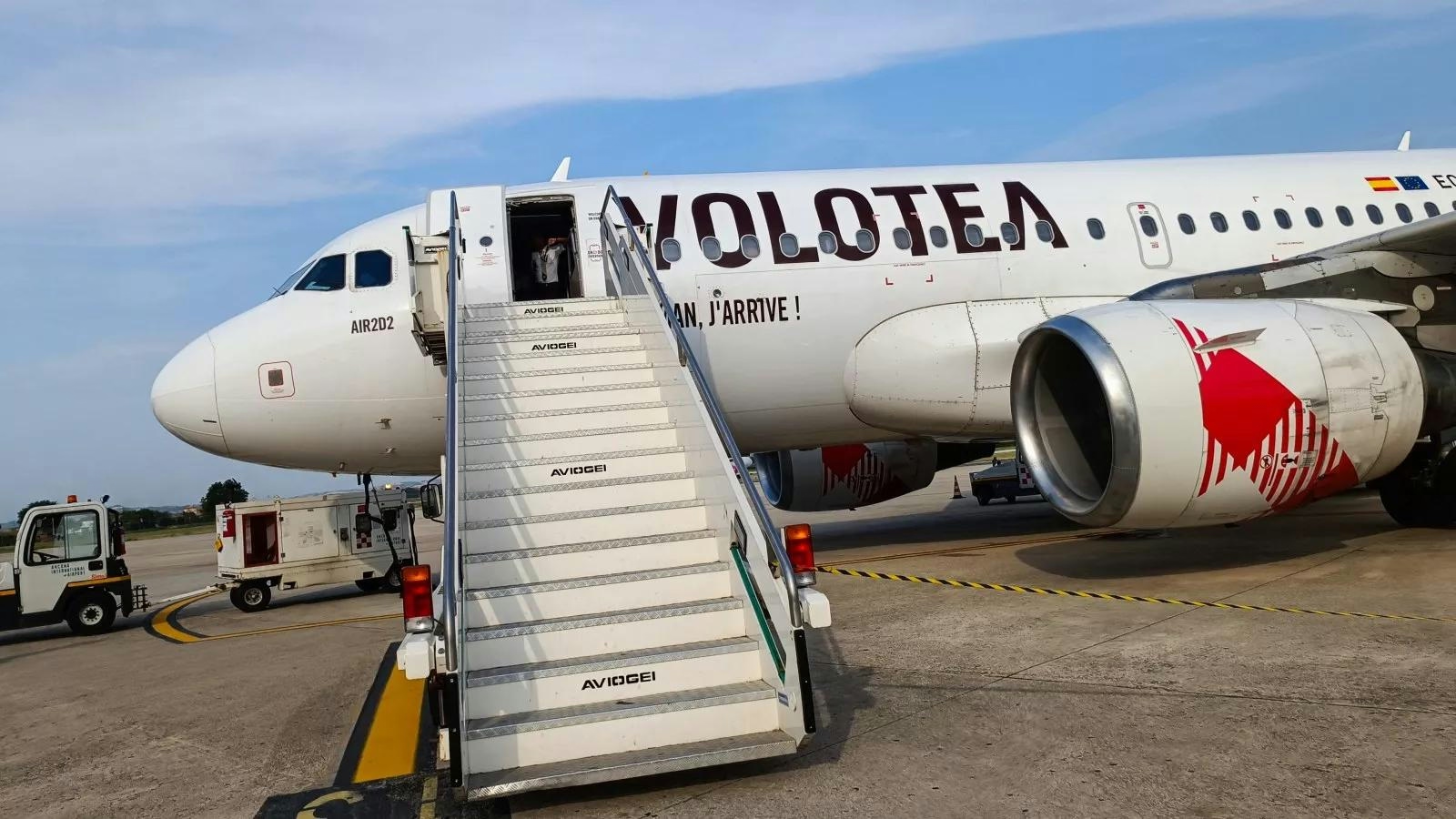
Investigation Launched into Fatal Injury Caused by Volotea A319 Engine at Milan Bergamo Airport
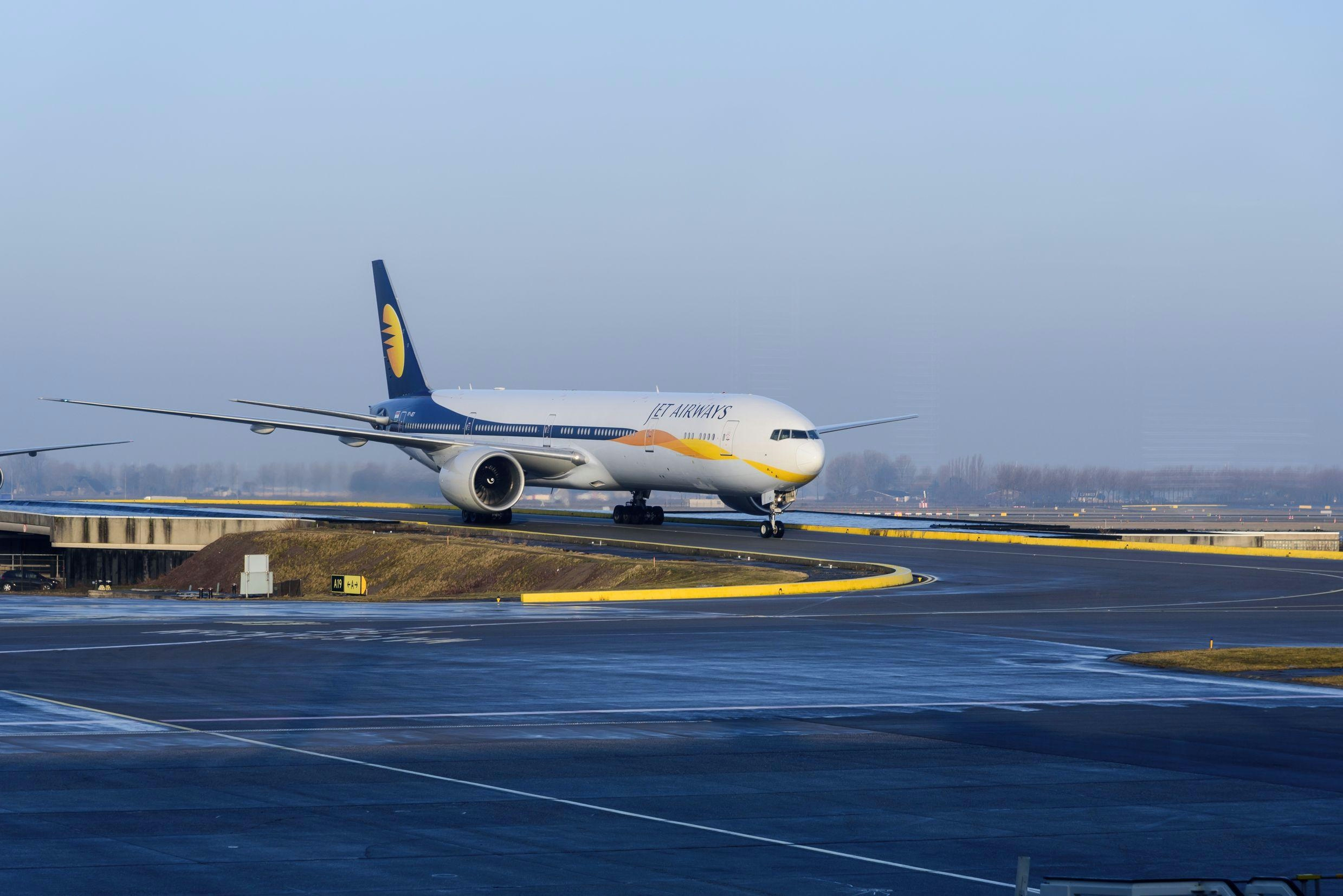
India, France, and Singapore Collaborate as Jet Airways Relaunches

Boeing Resumes Deliveries to China
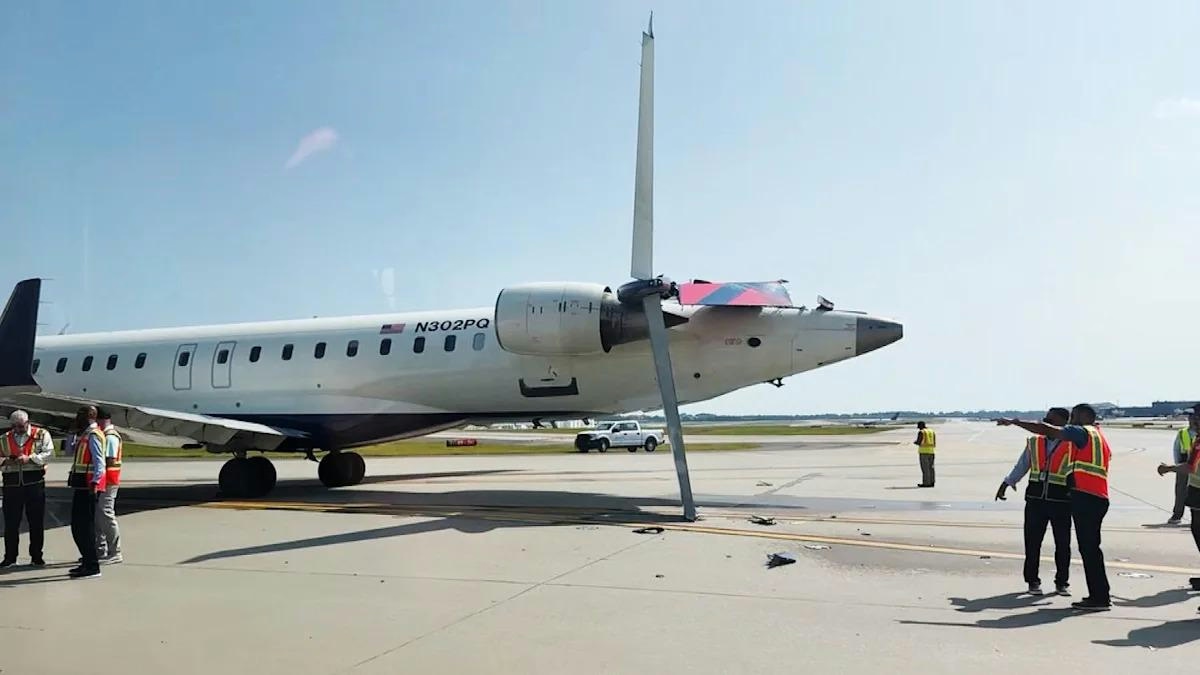
China Develops Soft Runway Material That Crumbles to Slow Planes
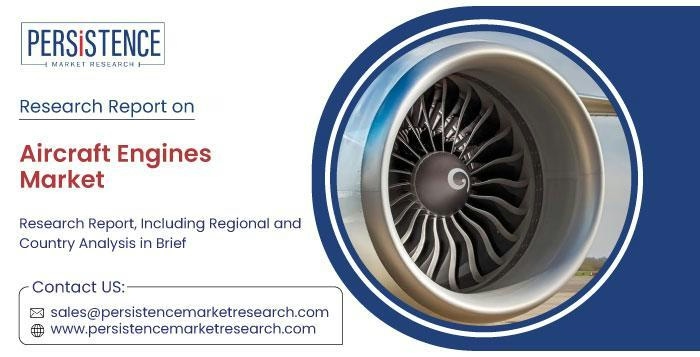
Aircraft Engine Market Projected to Reach $157.5 Billion by 2032
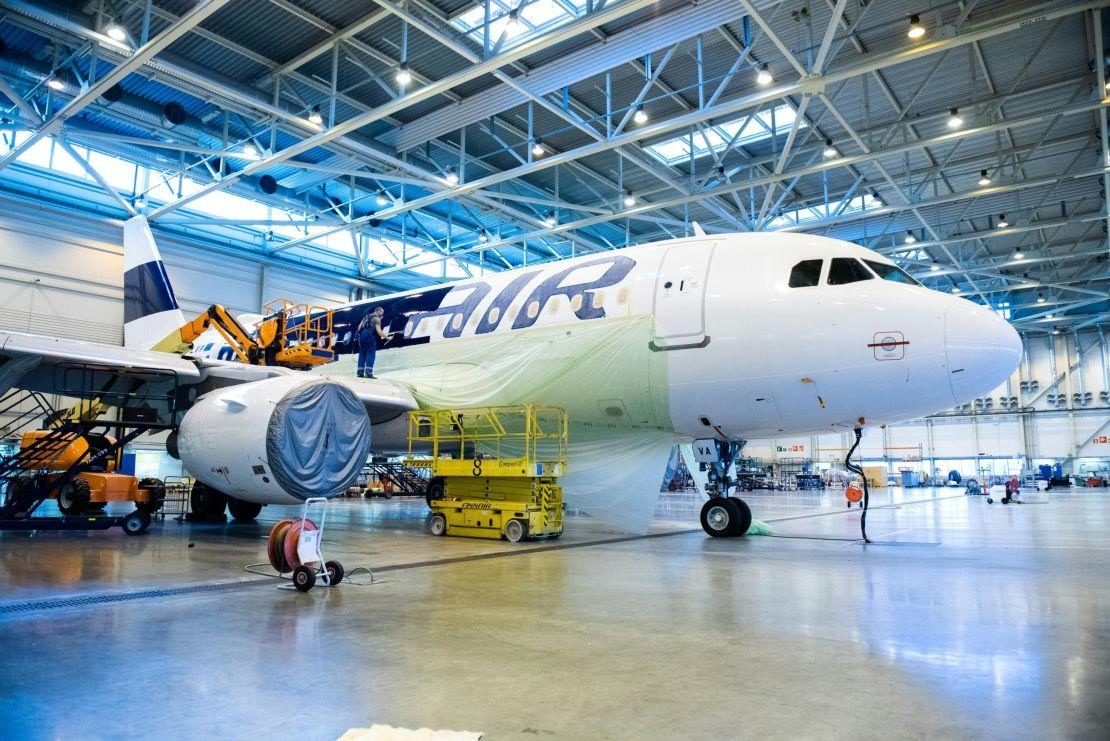
AerFin Acquires Four A320neo Aircraft to Enhance Aftermarket Support
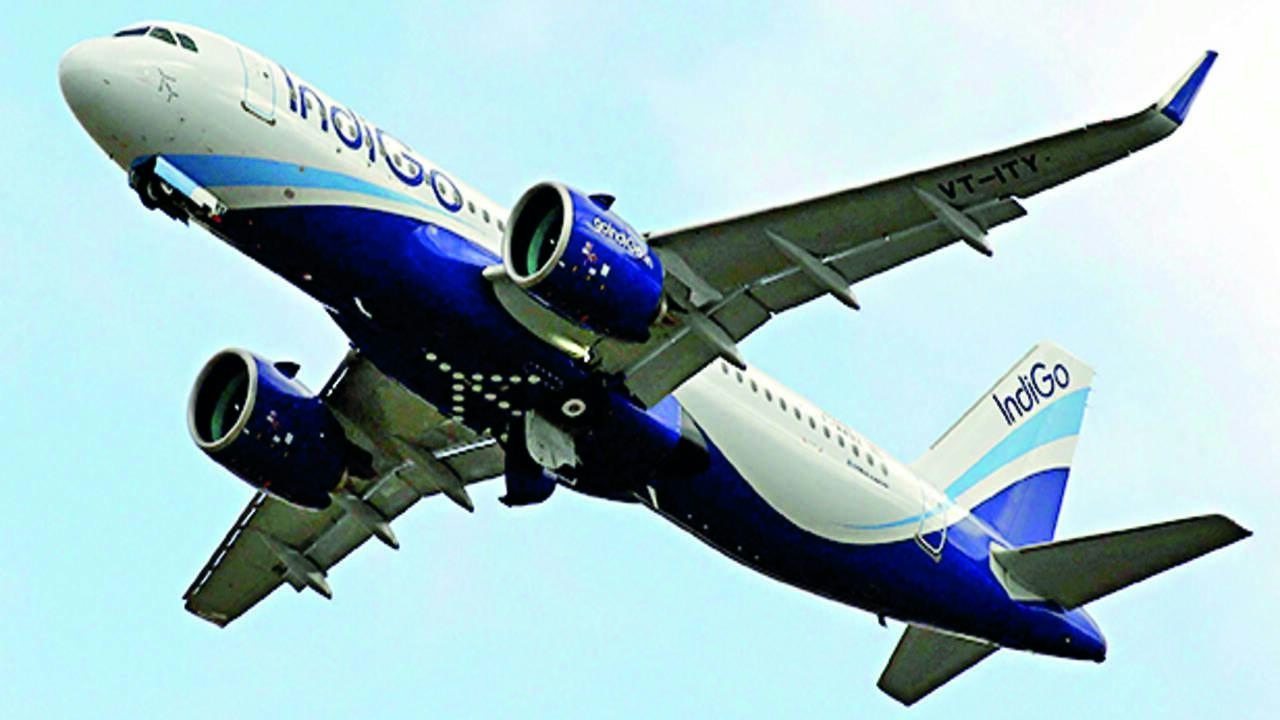
IndiGo Confirms Order for 40 Airbus Aircraft Amid Global Expansion

FDH Hardware and MS Aerospace extend fastener supply for F-35 programme
